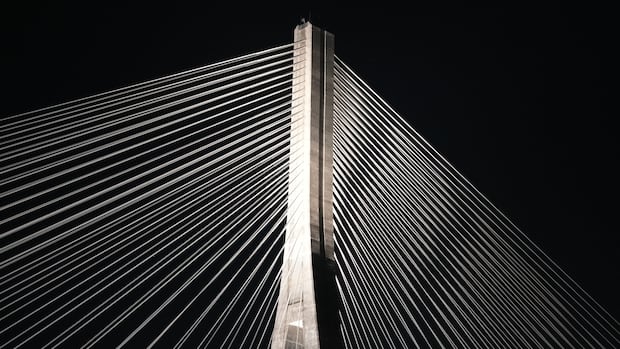‘It needs to be part of the Canadian fibre’: Victims of 1985 Air India bombing honoured in online archive

Rob Alexander gently takes his father’s worn wallet out of a box that his family has carefully held onto for the past 40 years. The wallet was found on his father’s body when it was retrieved from the depths of the Atlantic Ocean, along with some of the wreckage of Air India Flight 182, months after it was tragically bombed in 1985. Anchanatt Alexander, Rob’s father, was a well-respected doctor in Hamilton, known for his kindness and willingness to help others.
“He had such a good reputation… and he was one of the guys that people would go to to get advice and to get help, and even a bit of direction,” Alexander fondly recalls about his father. On June 23, 1985, Air India Flight 182 took off from Toronto on its way to Mumbai, with stops in Montreal, London, and New Delhi. However, the flight never reached its destination, disappearing from radar about 45 minutes before it was due to arrive in London. A bomb hidden in a suitcase in the cargo hold exploded, causing the plane to break apart over the Atlantic Ocean off the coast of Ireland. Anchanatt Alexander was one of the 329 individuals who tragically lost their lives in the disaster, most of whom were Canadian citizens.
The aftermath of the bombing revealed major failures in Canadian intelligence and security, making it one of the worst attacks in Canadian history. However, as time passed, the tragedy seemed to fade from public memory. Rob Alexander reflects on the lack of recognition the Air India bombing receives, stating, “It’s a piece of Canadian history that shouldn’t have happened first of all. It needs to be part of the Canadian fibre.”
To preserve the memories of those who perished in the Air India bombing, Chandrima Chakraborty, a professor at McMaster University in Hamilton, established a digital and physical archive. The archive aims to honor the victims and educate the public about the tragedy that shook the nation. Chakraborty, along with a team of dedicated students, works tirelessly to digitize personal artifacts donated by the families of the victims, including family photos, personal belongings, and pilot badges.
Chakraborty views the archive as a means of achieving “memory justice” for the families affected by the tragedy, bringing their stories into the public consciousness and ensuring that they are not forgotten. Despite the challenges of funding and space, Chakraborty remains committed to preserving these records for future generations.
For individuals like Susheel Gupta, who lost his mother in the Air India bombing when he was just 12 years old, the archive serves as a beacon of remembrance. Gupta fondly recalls his mother’s love for cooking and singing, cherishing the memories he still holds dear. He advocates for greater recognition of the victims of Flight 182, emphasizing the need to honor and remember those who perished in the senseless act of violence.
As the 40th anniversary of the Air India bombing approaches, the archive stands as a testament to the lives lost and the families forever changed by the tragedy. Through the efforts of individuals like Chandrima Chakraborty and the families of the victims, the legacy of Air India Flight 182 will endure, ensuring that those who perished are never forgotten.



